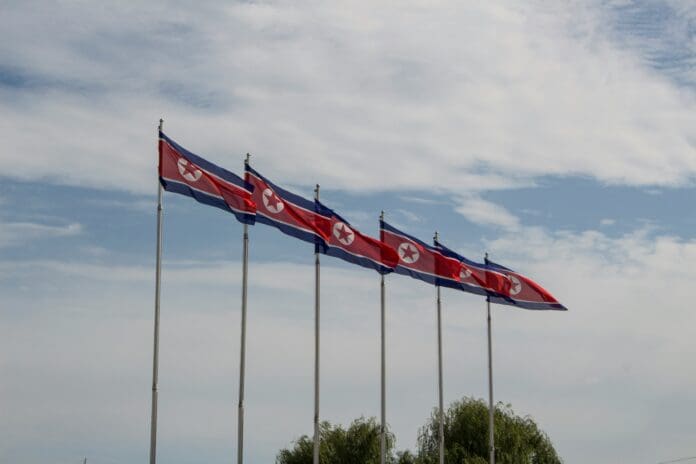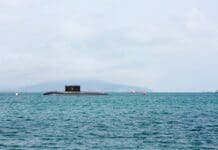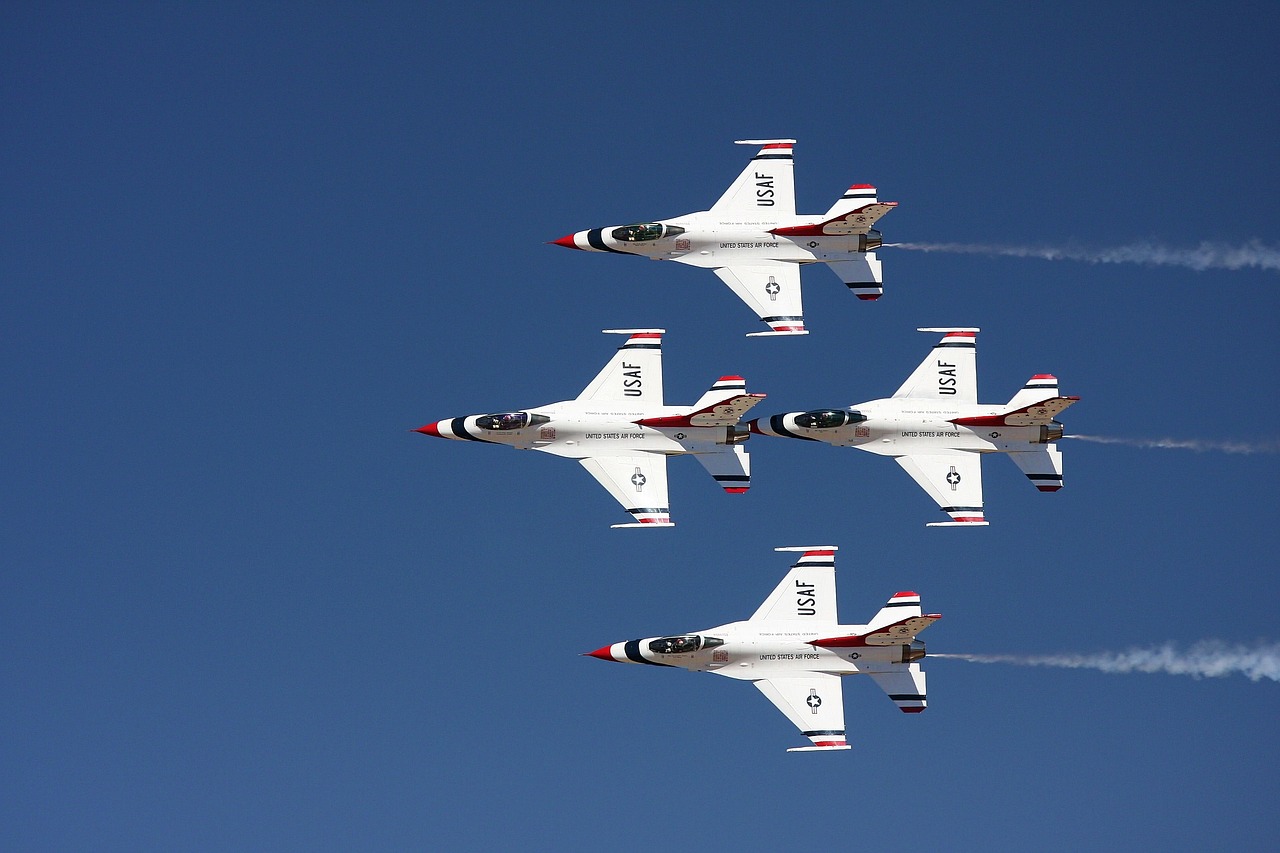This post is also available in:
 עברית (Hebrew)
עברית (Hebrew)
A new wave of security challenges could be on the horizon in East Asia, following revelations that North Korea is preparing to begin domestic production of loitering munitions based on Iran’s Shahed 136 design. These unmanned aerial vehicles (UAVs) are currently being used extensively by Russia in its ongoing war against Ukraine.
According to The War Zone’s interview with Lt. Gen. Kyrylo Budanov, commander of Ukraine’s Defense Intelligence Directorate (GUR), agreements have been reached between Moscow and Pyongyang to initiate the transfer of technology required for the local manufacturing of Shahed-type drones, known in Russian service as Geran or Garpiya. While full-scale production has yet to begin, the collaboration marks a significant step in military-industrial cooperation between the two nations.
The UAV in question has become a staple of Russia’s drone warfare strategy. Characterized by its long range—up to 2,500 kilometers—and a cruising speed of approximately 220 kilometers per hour, the Shahed-136 presents a difficult challenge for air defenses. With a low radar signature and significant destructive capacity, it is designed to target both infrastructure and airborne assets.
Russian drone production capabilities have recently surged, with reports indicating a current monthly output of up to 2,000 units, potentially rising to 5,000. A localized production line in North Korea could expand the availability of these systems while complicating efforts to track their origin and flow.
This development may have broader strategic implications beyond Europe. Defense analysts suggest that the introduction of Shahed-style UAV manufacturing in North Korea could exacerbate tensions across the Korean Peninsula. South Korea, already on high alert due to previous North Korean drone incursions, may now face a significantly more advanced threat vector.
The move also highlights how UAV technology, once the preserve of a few advanced militaries, is becoming increasingly accessible through strategic alliances and tech-sharing agreements, potentially reshaping regional power balances in the years ahead.


























